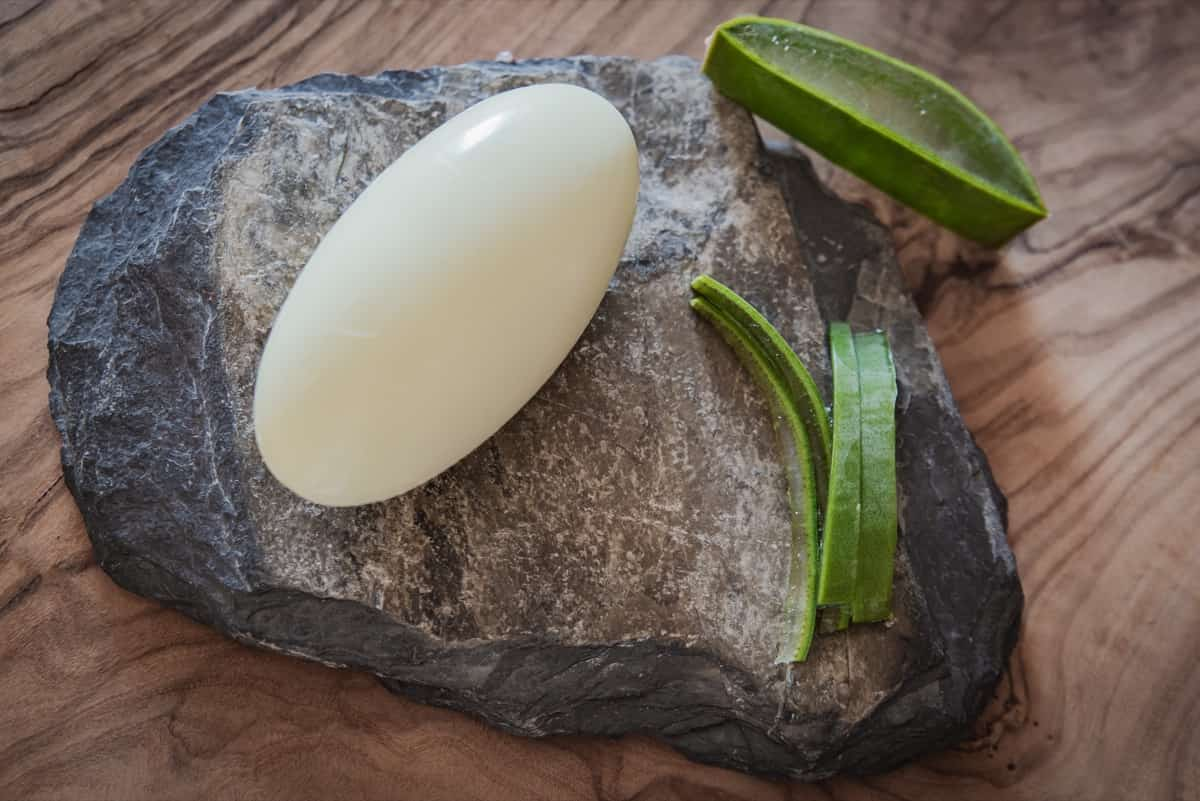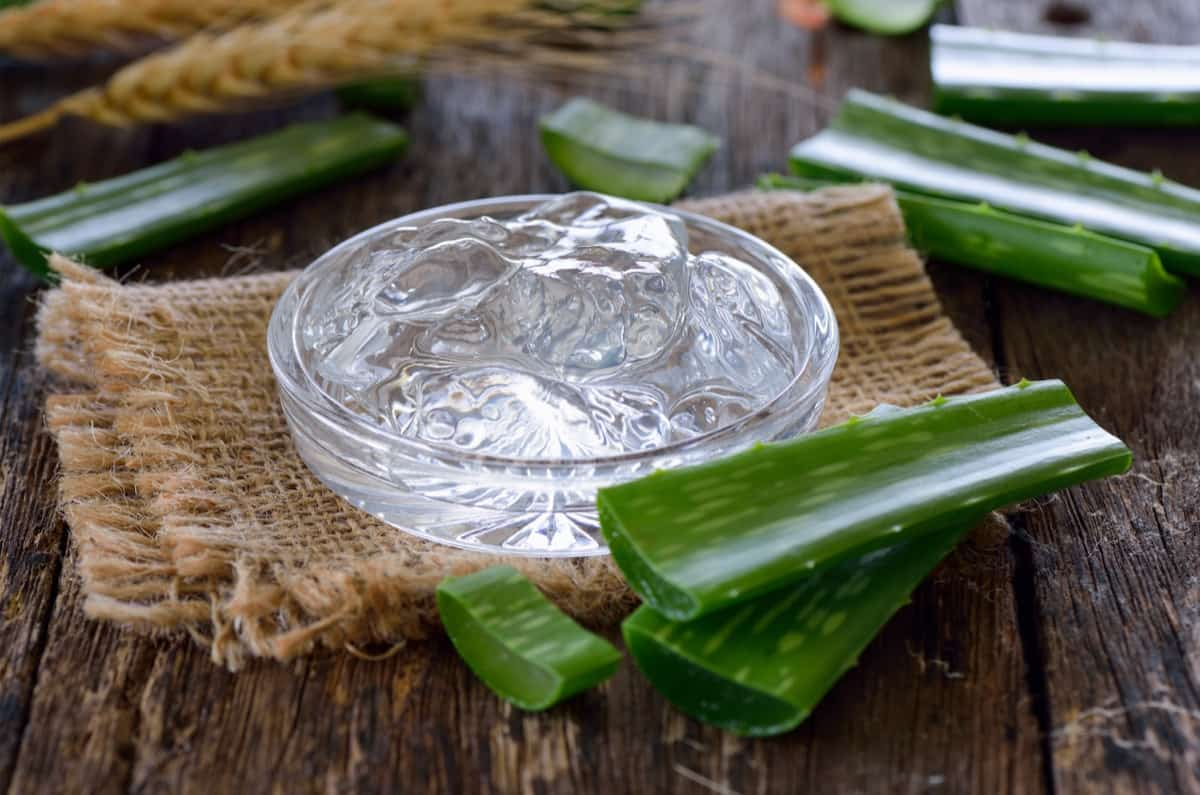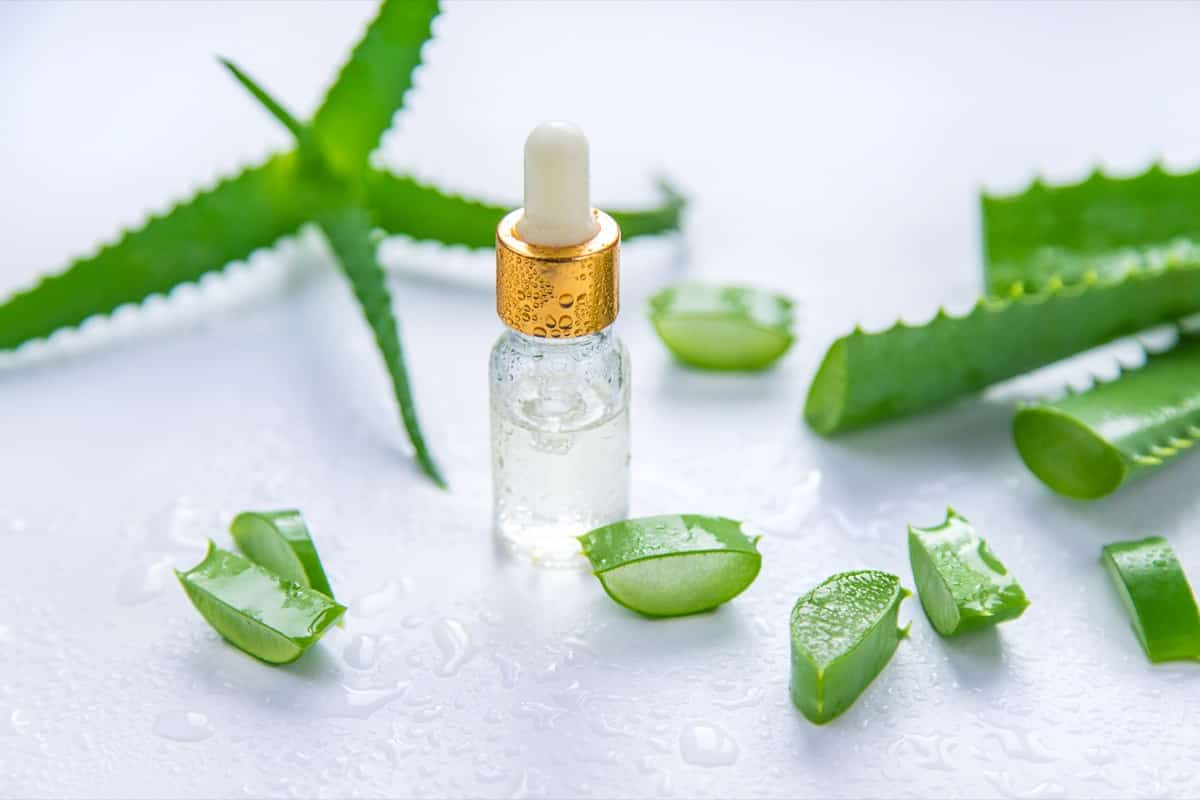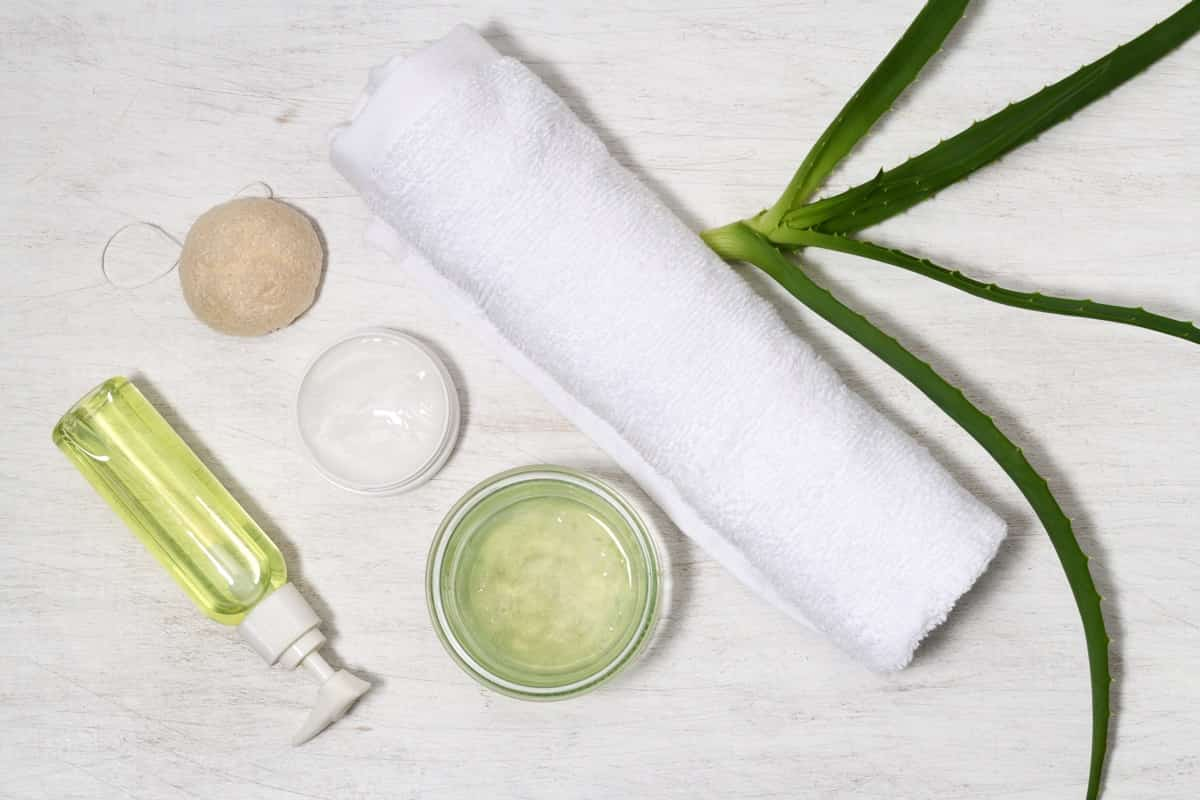The popularity of Aloe Vera in various industries, especially health, and beauty, has skyrocketed over the years. Many entrepreneurs now highlight this green gold, recognized for its numerous health benefits and versatility. “How can I make money with aloe vera?” is a question more are asking.

Indeed, with a robust Aloe Vera business plan, one can explore various opportunities in this burgeoning market. You’re on the right track if you’ve been contemplating “Is aloe vera a profitable business?” and “How to start an aloe vera gel business?”. This article delves into how you can capitalize on this versatile plant.
Money Making Business Ideas for Aloe Vera
Aloe Vera Products Manufacturing and Distribution
In the Aloe Vera business, product manufacturing is the pivotal point where the raw plant is transformed into commercially viable items. The harvested Aloe leaves are initially washed, sterilized, and then processed to extract the desired components. Post extraction, these components are treated and mixed, depending on the final product intended – be it gels, creams, or other derivatives.
Once the products are developed and pass quality control tests, they are packaged appropriately. Distribution plays a crucial role in this chain, determining the reach of the product. Establishing robust distribution channels, which can be local retailers, wholesalers, or even direct sales, ensures that the products reach consumers far and wide, enhancing profitability.
Aloe Vera Farming and Cultivation
The foundation of any Aloe Vera business lies in its farming and cultivation. It starts with selecting the right soil type and location, preferably a warm climate area, for the plantations. The land is then tilled and made ready for plantation. High-quality seeds or young plants are then sowed or planted with adequate spacing to allow growth.
In case you missed it: Money Making Business Ideas for Coconuts: Proven Methods

Though not excessive, regular irrigation is essential, coupled with periodic monitoring for pests and diseases. Once the plants reach maturity, which typically takes 8-12 months, they are carefully harvested, ensuring that the base remains intact for future growth.
Aloe Vera Juice and Gel Production
For juice and gel production, mature Aloe leaves are the primary requisite. Once harvested, the leaves are cleaned, and the edges trimmed. The next step involves filleting the leaf to extract the inner clear gel. This gel is then processed and purified, removing any latex content. This gel is mixed with a liquid base and other natural enhancers for juice production. The final products, pure gel or juice, are then subjected to quality checks and packaged in sterile containers to retain freshness and quality.
Aloe Vera Cosmetics and Skincare Products
Capitalizing on Aloe’s skin-nourishing properties, the cosmetics and skincare industry processes the plant to produce various products. The extracted Aloe gel, known for its hydrating properties, is combined with other ingredients to create creams, lotions, masks, and more. The process involves creating a base, often with other moisturizing agents, and blending the Aloe extract. Once mixed, additives like natural fragrances or preservatives are incorporated. The final mixture is then tested for skin compatibility and efficacy before being packaged for market distribution.
Aloe Vera Health Supplements and Nutraceuticals
The health benefits of Aloe Vera have paved the way for its inclusion in dietary supplements and nutraceuticals. The process begins with extracting concentrated Aloe Vera components, which are dried and powdered. This powdered form is either encapsulated or compressed into tablets. The Aloe extract is often combined with other health-boosting ingredients for liquid supplements. Rigorous quality checks ensure that these supplements meet health standards, after which they’re packaged and labeled with necessary dosage and safety instructions.
In case you missed it: How to Start Rental Property Business: Planning to Marketing Ideas

Aloe Vera Herbal Remedies and Medicinal Products
Aloe Vera’s therapeutic attributes are harnessed to create a range of medicinal products. The extracted gel, for instance, can be turned into ointments or creams aimed at soothing burns or skin irritations. The production process involves blending the Aloe extract with other medicinal components to amplify its healing properties. Before reaching the consumer, these mixtures undergo stringent testing to ensure their efficacy, safety, and stability.
Aloe Vera Plant Sales and Nursery Business
Selling the Aloe Vera plant in its raw form also presents a profitable venture. This requires setting up a nursery where young Aloe plants are nurtured from seeds or saplings. These plants have optimal growing conditions, including the right soil mix, light, and water. They’re transplanted to larger pots or grounds to accommodate growth as they grow. Once they reach a saleable size, they’re marketed to individual customers, businesses, or larger nurseries.
Aloe Vera Online Retail and E-commerce
Online retailing has broadened the accessibility of Aloe Vera products in the digital age. This involves creating a comprehensive e-commerce platform showcasing Aloe Vera products or plants. The process starts with cataloging, where products are photographed, described, and priced. These are then uploaded to the online platform, integrated with secure payment gateways. Digital marketing techniques like SEO and social media ads draw and maintain users on the platform, aiding in selling products and managing delivery.
Aloe Vera Training and Workshops
Businesses recognize the importance of education and training to enhance the Aloe Vera industry’s growth further. Offering workshops and training sessions focused on Aloe Vera cultivation, product formulation, and market trends is becoming increasingly popular. These sessions are designed for budding entrepreneurs, farmers, and consumers eager to learn more about this versatile plant.
Industry experts and agronomists are brought in to share their knowledge, offering hands-on experience and insights into best practices. Such initiatives not only uplift the standards of the Aloe Vera industry but also create a community well-informed about the plant’s benefits, cultivation techniques, and market potential. This educational approach fosters innovation, ensures consistent quality across the board, and paves the way for new entrants to make a meaningful impact in the Aloe Vera business sphere.
In case you missed it: 15 Common Mistakes to Avoid When Starting a Small Business: Every Business Owner Needs to Know

Conclusion
Aloe Vera, often dubbed the ‘wonder plant,’ has woven its magic across various sectors, from health and beauty to food supplements. Its versatility is underscored by the myriad ways businesses can harness its benefits, be it through farming, product manufacturing, or digital sales. The forward momentum of the Aloe Vera industry is further propelled by dedicated research and development, aiming to unveil more of its untapped potential.
As consumer awareness grows, coupled with an inclination toward natural and organic products, the Aloe Vera business is poised for exponential growth. Entrepreneurs and businesses venturing into this realm have the dual advantage of tapping into a profitable market while offering products that genuinely benefit the end consumer. In the ever-evolving world of commerce, Aloe Vera is a testament to how nature and business can harmoniously merge, creating a sustainable and prosperous ecosystem.
- Handicraft Making at Home: A Small Profitable Business Idea
- Pet-Tech Startups: Innovations for Animal Lovers
- Tech Repair Services: Meeting the Demand for Gadget Maintenance
- Maximizing Rewards: Smart Credit Card Habits for Cashback and Points
- Ultimate Guide to Making Money from Goat Milk Business
- How to Start an Agricultural Value Added Product Business
- Value-Added Business Ideas for Greenhouse: The Best Ways to Make Profits with Greenhouse Farming
- How to Make Profits with Organic Country Chicken: Best Strategies for Beginners
- 10 Value-added Business Ideas for Millets: Low-investment and Highly Profitable